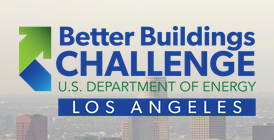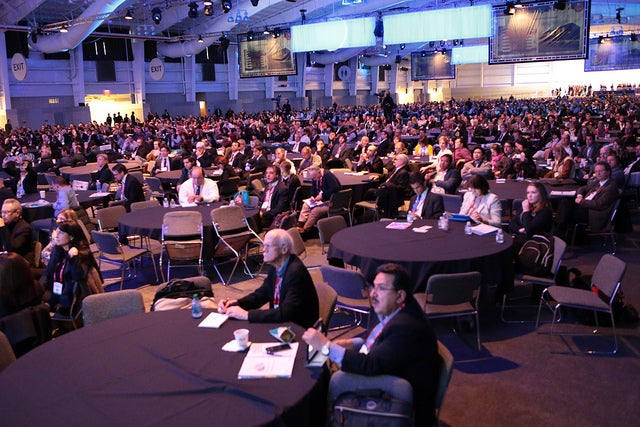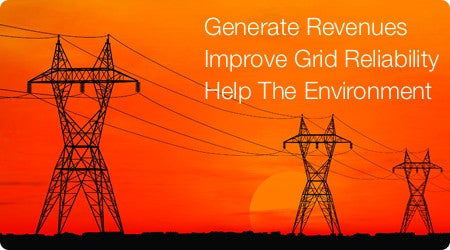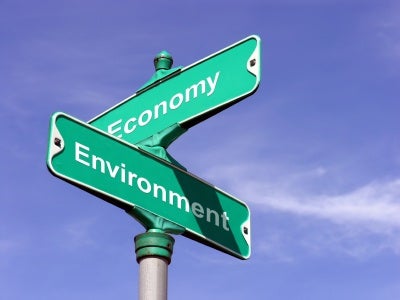By: Matt Golden, Senior Energy Finance Consultant
Environmental Defense Fund’s Investor Confidence ProjectSM (ICP) is pleased to announce a partnership with the Los Angeles Better Buildings Challenge to help develop a more robust marketplace for energy efficiency retrofits in the city. Los Angeles has set a goal of achieving 20% energy savings across 30 million square feet of existing buildings by 2020 as part of the Better Buildings Challenge, a national leadership initiative sponsored by the U.S. Department of Energy. If achieved, it is estimated that this 20% reduction in energy costs will create over 7,000 high-quality local jobs, and avert annual carbon emissions equivalent to taking more than 18,000 cars off the road.
The LA Better Buildings Challenge will be promoting the ICP Protocols through its network of building owners and industry stakeholders to help bring even greater transparency and accountability to the energy efficiency market by introducing a system of standardization in the way commercial building retrofits are developed, funded, and managed. The ICP framework assembles best practices and existing technical standards into a set of protocols that define a clear roadmap for developing projects, determining savings estimates, and documenting and verifying results. Read More














